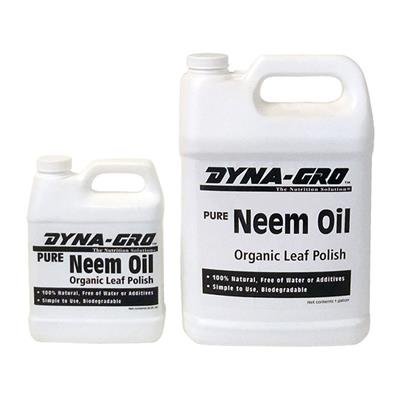Both Aphidius colemani (APHIDIUSforce C) and Aphidius ervi (APHIDIUSforce E) are parasitoid wasps that will attack many common species of aphids. A. colemani will attack “smaller” aphid species such as Melon Aphid (Aphis gossypii) and Green Peach Aphid (Myzus persicae). A. ervi attacks “larger” species such as Potato Aphid (Macrosiphum euphorbiae) and Foxglove Aphid (Aulacorthum solani). These are some of the most common pest aphids, but all total, over 40 species are hosts for either A. colemani or A. ervi, or both.
As with most biocontrol agents, they are best used as a preventative when aphid levels are either low, or not there at all. However, higher rates of the wasps in conjunction with aphid predators such as Chrysoperla can be used for outbreaks. A. colemani is particularly effective when used with banker plants.
Female wasps of both species will sting and inject a single egg inside of an aphid. One female can sting hundreds of aphids in her two-week lifetime, although most of it occurs in the first couple days after her emergence. Once the egg hatches, the larva slowly consumes the aphid from the inside. About a week to 10 days later, the larva will be ready to pupate. It will then kill the aphid and spin silk around it, turning it into a “mummy.” In another week to 10 days, the pupating wasp finishes its transformation into an adult and chews a circular hole in the back of the aphid from which it emerges. Adults are extremely strong flyers and females will cover large distances in search of aphids. They work best at temperatures between 64-75°F, although a few degrees higher or lower should not hinder them too much. They are not impacted by short day length, so it’s possible to use them year-round if the temperature is in range for them.
Aphidius spp. can be released in greenhouses, indoor facilities, fields, orchards, gardens, or virtually anywhere else with the presence of suitable pest aphids.
It has been observed that both A. colemani and A. ervi will parasitize the hemp/cannabis aphid (Phorodon cannabis). As with most biocontrol agents, they are best used as a preventative when aphid levels are either low, or not there at all. However, higher rates of the wasps in conjunction with aphid predators such as Chrysoperla or Aphidoletes can be used for outbreaks. A. colemani is particularly effective when used with banker plants.
















Reviews
There are no reviews yet.